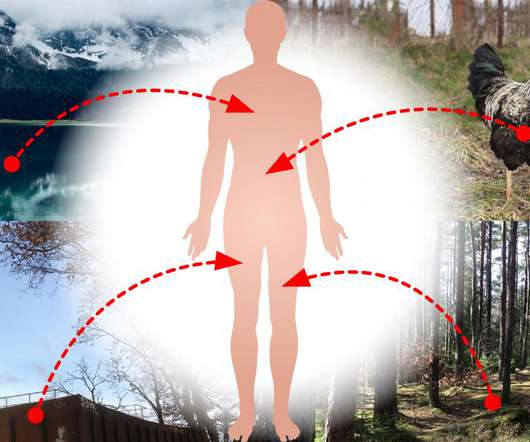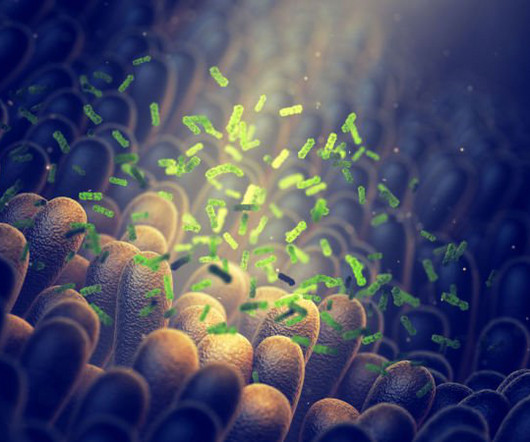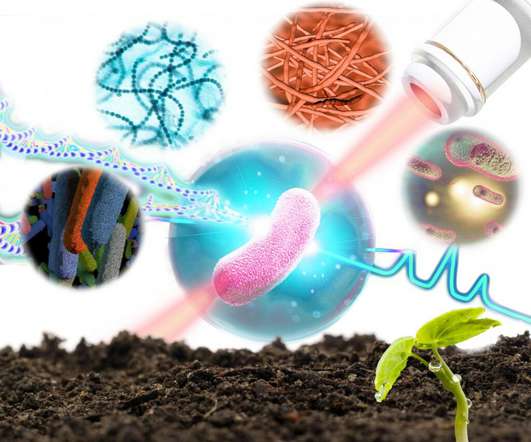How bacteria adapt their machinery for optimum growth
Scienmag
OCTOBER 16, 2020
Bioinformatics: publication in Nature Communications The most important components for the functioning of a biological cell are its proteins. As a result, protein production is arguably the most important process for cell growth. The faster the bacterial growth rate, the faster protein synthesis needs to take place.













Let's personalize your content